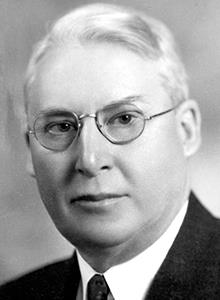
John N. Peyton
- President, Federal Reserve Bank of Minneapolis, 1933 – 1952
- Born: April 19, 1885
- Died: February 1, 1975
John N. Peyton was named Federal Reserve agent of the Federal Reserve Bank of Minneapolis on May 15, 1933. Upon passage of the Banking Act of 1935, which abolished the dual leadership roles of governor and agent, Peyton became the first president of the Minneapolis Fed on March 1, 1936, and was its second-longest serving president. He served through much of the Great Depression and two wars before retiring on June 30, 1952.
Peyton was born in 1885. He was educated at the prestigious Phillips Exeter Academy and graduated from Yale University before obtaining a law degree from Hamline University in St. Paul. But before settling into a banking career in Duluth, Peyton had two other, very different jobs: He cleaned air brakes for the Duluth, Missabe, and Northern Railway and spent three years as an accountant for a gold mining company in Montana.
Peyton came to the Minneapolis Fed following two years as commissioner of banks for the state of Minnesota. He had already made a name for himself in Duluth, Minnesota, where he was a member of a long-standing banking family. At age twenty-seven he founded Citizens State Bank in Duluth that would later become Pioneer National Bank of Duluth. Peyton was the last commercial banker to head the Minneapolis Fed.
Although an imposing physical figure at six feet four inches and about 240 pounds, Peyton made few speeches and appeared uncomfortable in public appearances, but his presence was felt immediately at the Minneapolis Fed and throughout the Ninth Federal Reserve District. He made personnel changes and inaugurated an intensive campaign to enroll additional state member banks. Between 1936 and 1952, the number of member banks rose from sixty-seven to 131. Peyton also established a program for regular visits by Federal Reserve officers to commercial banks in the Ninth District, which evolved into banker conferences hosted by the Minneapolis Fed, a tradition that continues in some form to this day.
During World War II, Peyton was a cheerleader for war bond sales."This is everybody's war and war bond purchases are everybody's duty," Peyton told 1,100 bank officials and businessmen meeting in Minneapolis. "Every family in this area must become a part owner in our government's national debt—the debt that is being incurred to save those very individuals from Axis oppression." As the Treasury's fiscal agent and thus purveyor of war bonds, the Federal Reserve increased its workload considerably. By 1943, the number of employees at the Minneapolis Fed had soared to over 900.
Peyton was also influential in passage of the 1951 Treasury-Federal Reserve Accord as a voting member of the Federal Open Market Committee that year. He encouraged President Harry Truman to support the accord, which allowed the Federal Reserve System, specifically the FOMC, to make monetary policy decisions independent of the Treasury Department.
He died in 1975 in Naples, Florida.
Written by the Federal Reserve Bank of Minneapolis.See disclaimer and update policy.

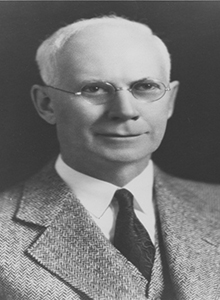
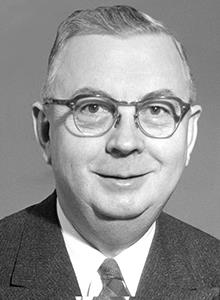
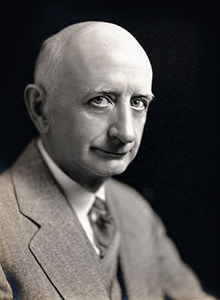
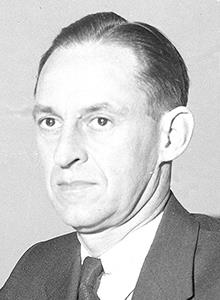
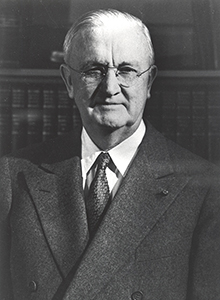
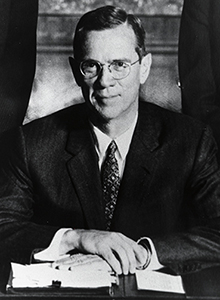
 X
X  facebook
facebook
 email
email